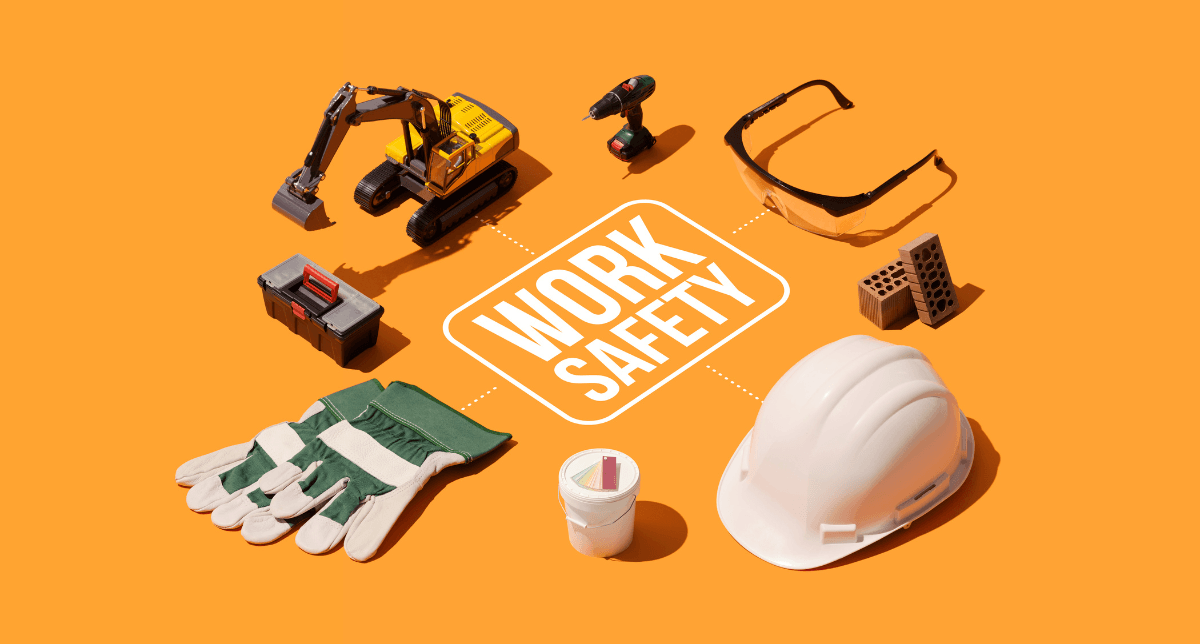AI is already reshaping how we work—especially in safety, HR, and compliance roles where time is tight, documentation is constant, and decisions carry weight.
At our previous May Safety People Forum, AI and leadership expert Alexie O’Brien outlined how AI is becoming an essential skillset. Not to replace people, but to support better, faster, and more strategic work.
Here’s what you need to know, and how to start using AI in your own role.
AI won’t replace you but will change how you work
If you work in health and safety, AI tools can support faster reporting, clearer communication, and improved planning. Used well, they help free up time for human judgment, culture building, and leadership.. things AI can’t replicate.
The real risk? Not the AI itself but falling behind in how to use it effectively.
5 Productivity Tips Using AI
Alexie suggested focusing on productivity first. Instead of trying to understand every AI tool, look at your day-to-day tasks and identify areas where AI can reduce manual effort or give you a head start.
Here are five practical applications:
1. Communication and Engagement
AI can help rewrite toolbox talks, translate policies into plain English, or draft memos and updates more clearly. Tools like ChatGPT can also roleplay difficult conversations or help prepare talking points for team briefings.
2. Reporting and Documentation
Whether you’re dictating notes after a site inspection or summarising key points from an audit report, AI can quickly produce a usable first draft. It won’t be perfect—but it will save you hours.
3. Mobile Use in the Field
In high-pressure environments, mobile dictation or using images to create reports can be a game-changer. You can photograph a whiteboard after a planning session and have AI turn it into a typed action list.

4. Visualisation
Tools like DALL·E (available in ChatGPT Pro) can generate visuals of PPE setups, hazard scenarios or site diagrams for inductions and training materials.
5. Work Planning
AI can assist in building out project scopes, risk frameworks, or safety initiative plans by filling in gaps based on your input. This can be useful when drafting scope of works, identifying constraints, or even mapping objectives.
Build a “Productivity Matrix” for Your Role
A key takeaway from the session was to map your responsibilities against potential AI support. Creating a Productivity Matrix allows you to assess where AI can save time, improve outcomes, or support better decisions.
Here’s an example for a WHS Manager:

Start by listing your major responsibilities. Then list the daily tasks within each area. Finally, identify where AI could support or accelerate your work.
Data Privacy and Safe Use: What You Need in Place
Even though AI-specific laws aren’t yet formalised in Australia, data privacy regulations still apply. That means your team must use AI tools responsibly, especially when handling confidential or sensitive information.
Start by:
- Using paid AI tools like ChatGPT Plus or Enterprise to gain data control features
- Turning off model training where possible (e.g., ChatGPT settings → Data Controls)
- Developing an AI Acceptable Use Policy to set clear expectations and safe practices
If your organisation doesn’t provide suitable tools or policies, people will often use AI anyway privately, and without oversight. That’s a risk you don’t want to take.
Final Thoughts: The Human + AI Model Is the Way Forward
If you’re managing a safety team or hiring WHS professionals, now is the time to ensure your workforce is AI-literate, governance-aware, and productivity focused.
At Safety People, we help organisations find and develop talent that understands both safety and the future of work.
If you’re looking for WHS professionals who can work confidently with AI or need consulting support to build a more productive, future-ready team—let’s talk.


